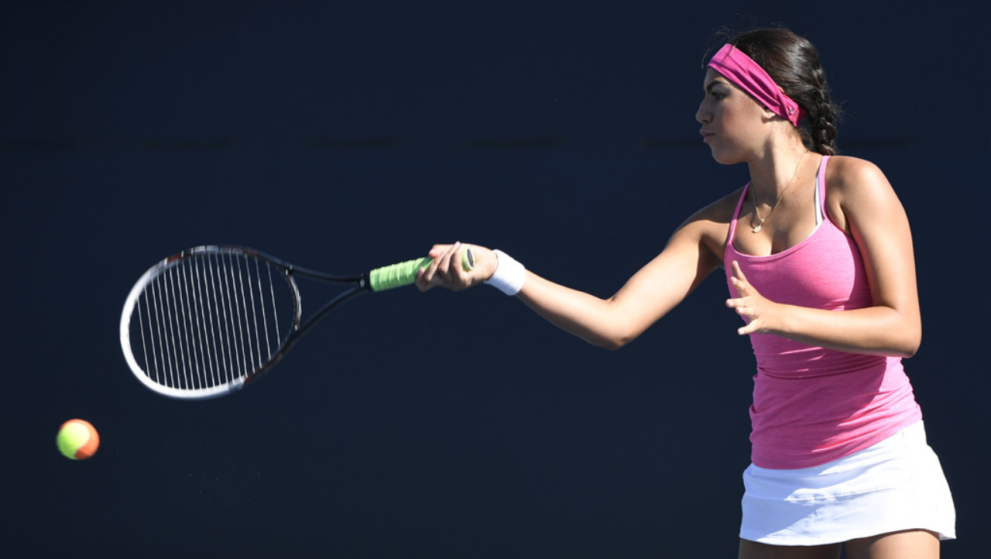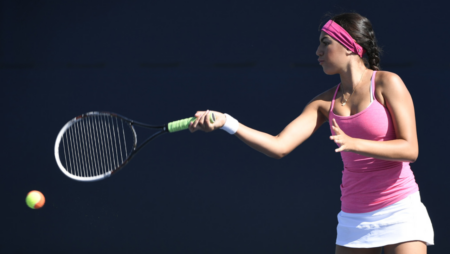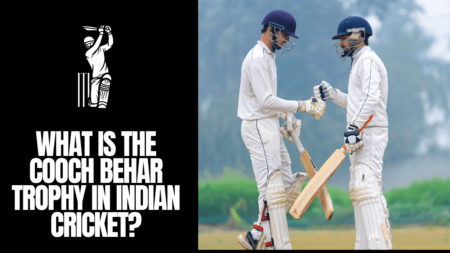

A forehand is one of the two principle shots that is played in the sport of tennis. It is played such that the palm of the hand gripping the racquet is towards the opponent. Routinely seen as a one-handed technique, its two-handed variants is seldom talked about.
The two-handed forehand is a shot where the player swings the racquet such that the top hand that grips the racquet has its palm towards the opponent, and the bottom hand’s palm is towards the shot-making player.
The advantage of having a two-handed forehand is that the player has a better control of the racquet which allows the player to land the ball exactly where they want. In contrast, owing to the free flow swing of the racquet in a one-handed forehand, this accuracy might be compromised.
A two-handed forehand can also be used as a great disguise shot. A player can manipulate slices and drop shots with both hands to bamboozle the opponent. The biggest advantage of using a two-handed forehand is that in an intense, fast paced rally, the player will take minimal time to switch hands from forehand to backhand.
Given its advantages, the vast majority of players prefer a one-handed technique. This is due to two reasons. The one-handed forehand can be easily maneuvered irrespective of what height the ball is approaching the player. Additionally, the one-handed forehand can inculcate better spin on the ball, which is a handy weapon to have across all surfaces.
Tennis’ history has seen many successful and top ranked players with a two-handed forehands. Some prominent names include Monica Seles, Fabrice Santoro, Marion Bartoli, and Su-Wei Hsieh.




